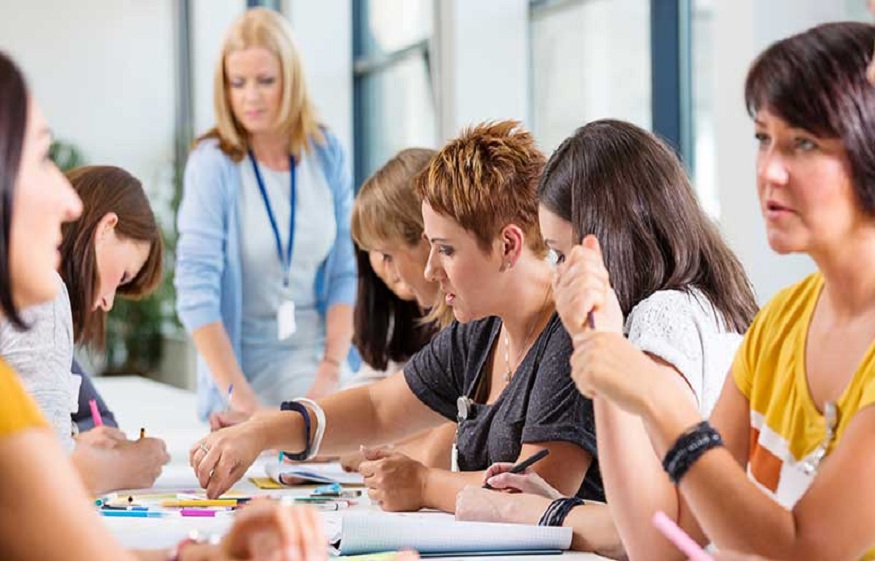As educators, we constantly seek ways to help our students learn more effectively. One proven method is experiential learning—a genuine, evidence-based approach known for accelerating learning and improving outcomes.
This article will discuss experiential learning, how it can speed up knowledge retention, and how you can start using the approach in your classroom.
What is experiential learning?
Experiential learning is an educational process where learners engage in real-life experiences and apply their knowledge through active participation. This approach stems from educational theorist David Kolb’s experiential learning cycle, which contains four key elements:
- Concrete experience
- Reflective observation
- Abstract conceptualisation
- Active experimentation
‘Concrete experience’ involves students actively participating in a new experience or activity—or looking at that activity with fresh eyes. A computer science student learning a new programming language is one example.
‘Reflective observation’ is all about reflecting on these new experiences. The computer science student might identify areas they need extra help in learning the new language.
‘Abstract conceptualisation’ involves learners adapting their thinking based on their reflection and experience. In this case, our computer science student seeks help from their tutor in the areas they’re unsure about and receives clarification.
In the ‘active experimentation’ stage, the learner applies their new ideas to real-world situations. Our computer science student uses their new understanding of the programming language to test out a program.
Since this is an experiential learning cycle, it can continue indefinitely. The student might identify further areas for clarification, and the cycle begins again.
Throughout the entire process, our computer science student is completely engaged with the subject and deeply involved in their learning. As such, they learn much faster than if they sat back and listened to a lecture or read a textbook.
How experiential education accelerates learning
Experiential education helps students learn faster for many reasons. Firstly, as we discussed above, it keeps students highly engaged in the content thanks to its meaningful nature and relevance to unique student interests.
Research shows that practical experience helps the brain retain information better and faster. This is partially because practising new skills increases the density of white matter in the brain, improving performance and forming new neural pathways.
The human brain also benefits from taking multi-dimensional learning approaches, which result from experimenting with ideas and applying new techniques.
Implementing experiential learning in your classroom
There are many ways to accelerate learning in your classroom through active experiences. You could try:
- Internships and work placement opportunities
- Class role-play activities
- Art projects
- Science experiments
- Field trips
- Interactive games
You can easily introduce activities such as these into your classroom through a dedicated experiential learning platform like Practera. Using our experiential learning tools and software, you can deliver transformative, hands-on experiences to your students, including internships, work placements, projects and more.
Accelerate your students’ learning today
Experiential learning is a proven way to accelerate learning among your higher education students and prepare them for success after graduation. An experiential learning platform is the best way to deliver truly transformative learning to your students.
Download our experiential learning white paper today to learn more about how this innovative pedagogy can help your students thrive.



